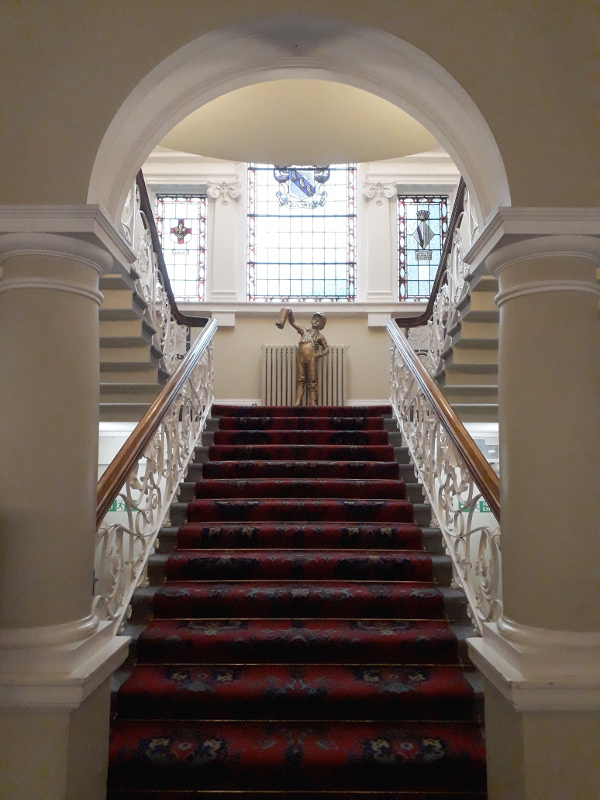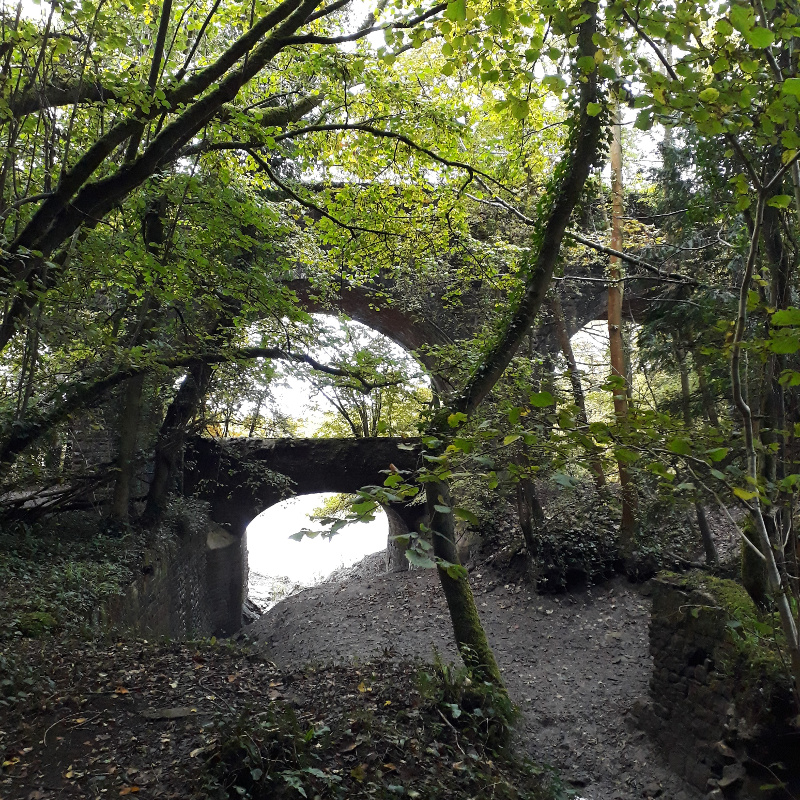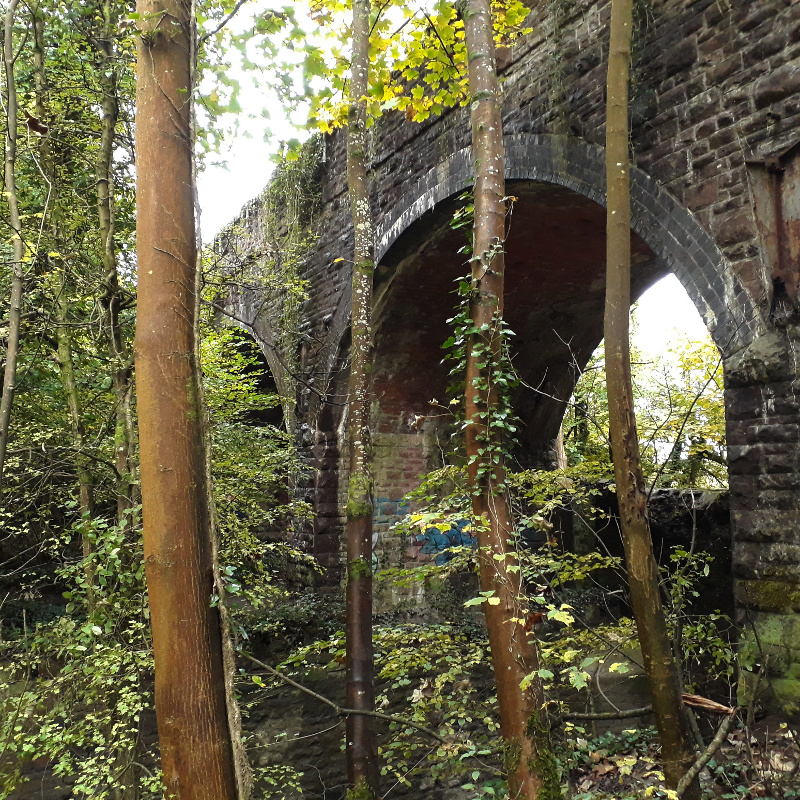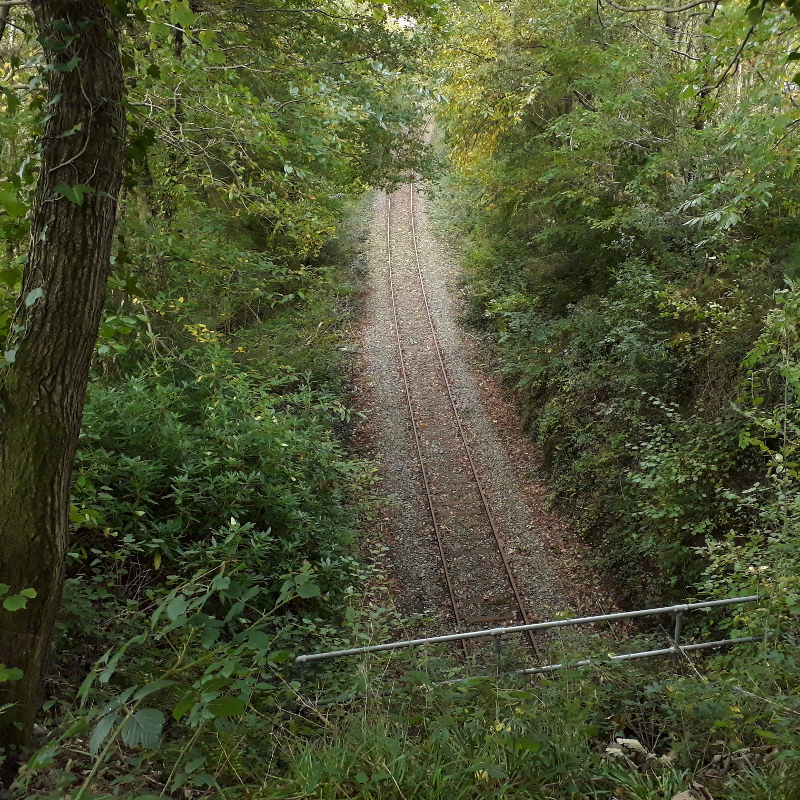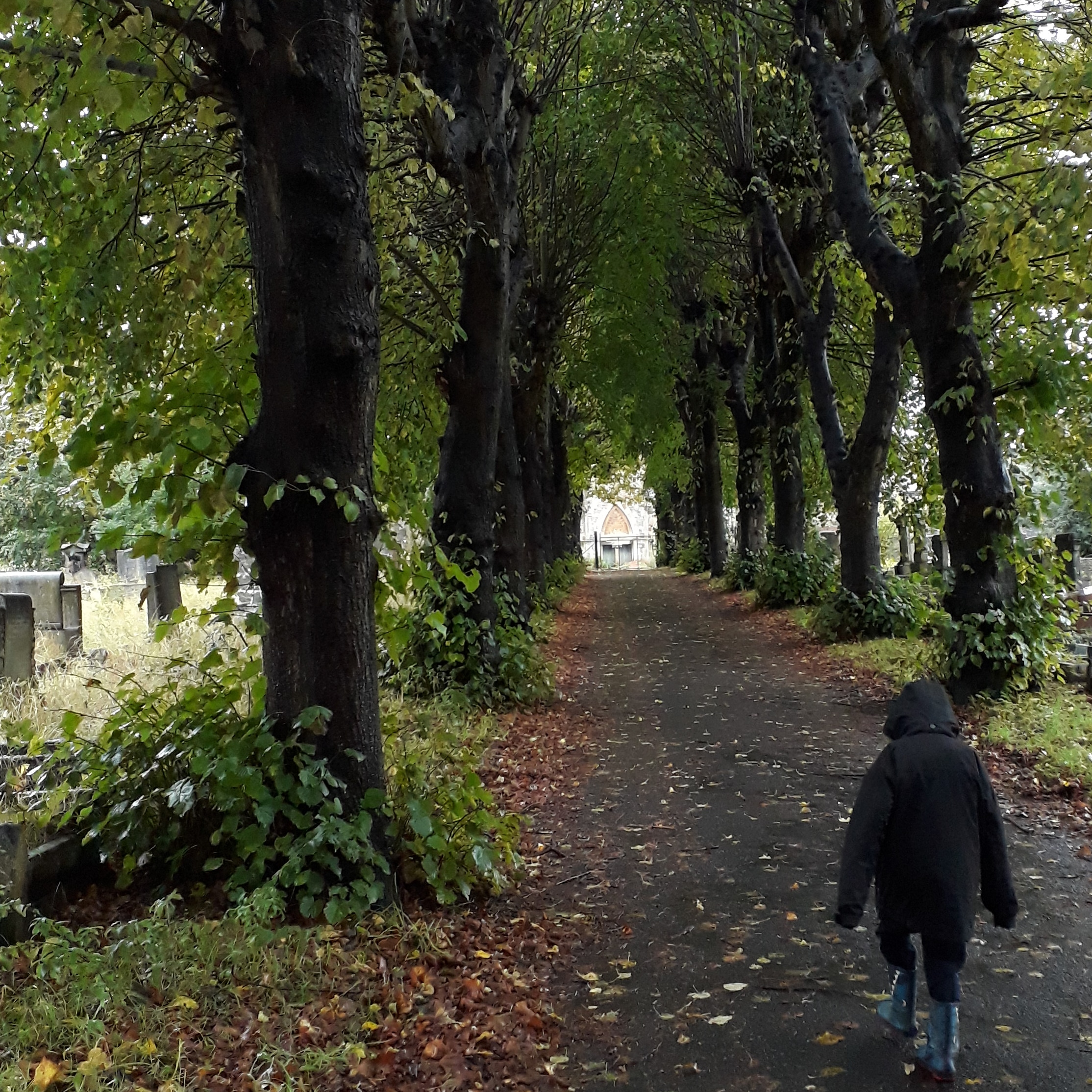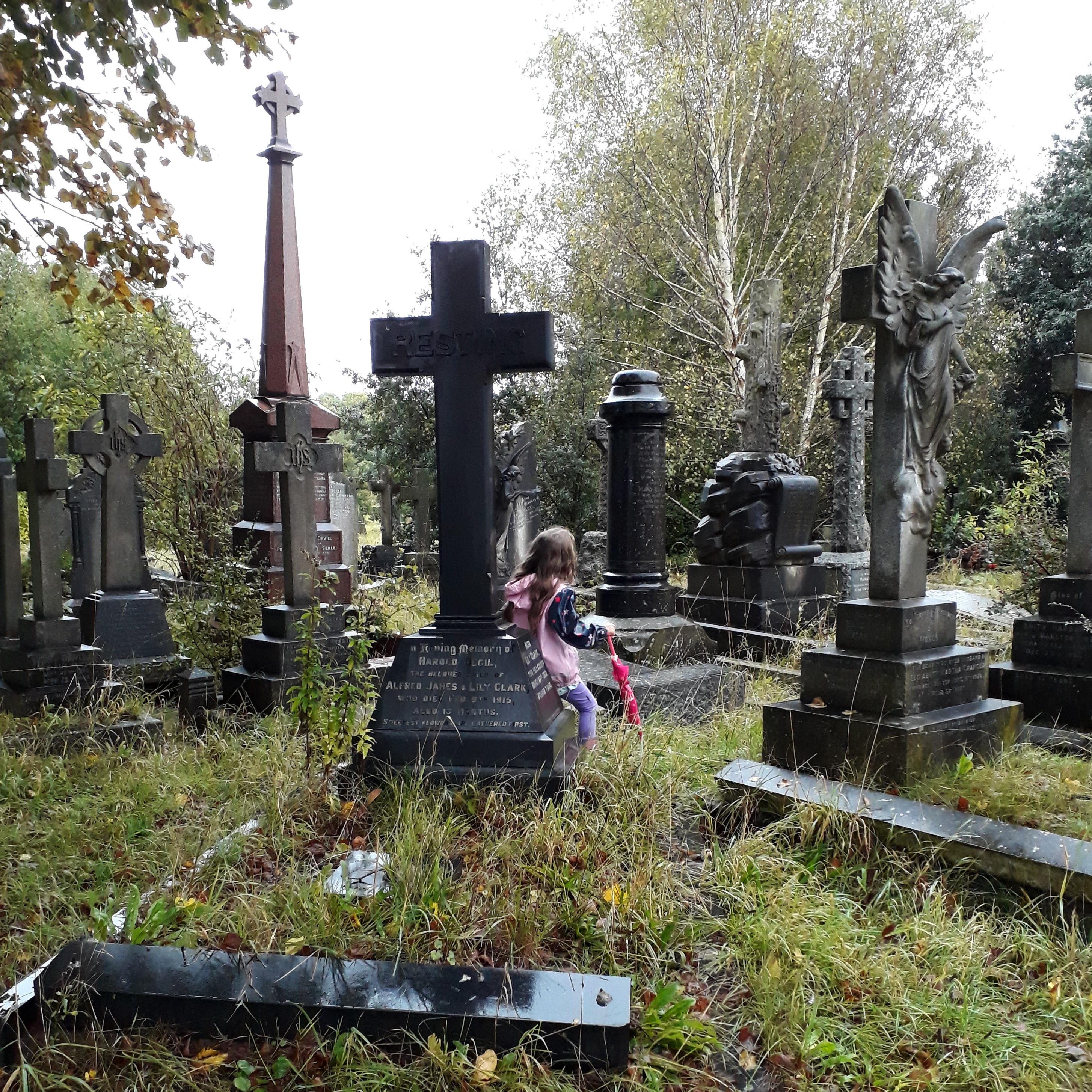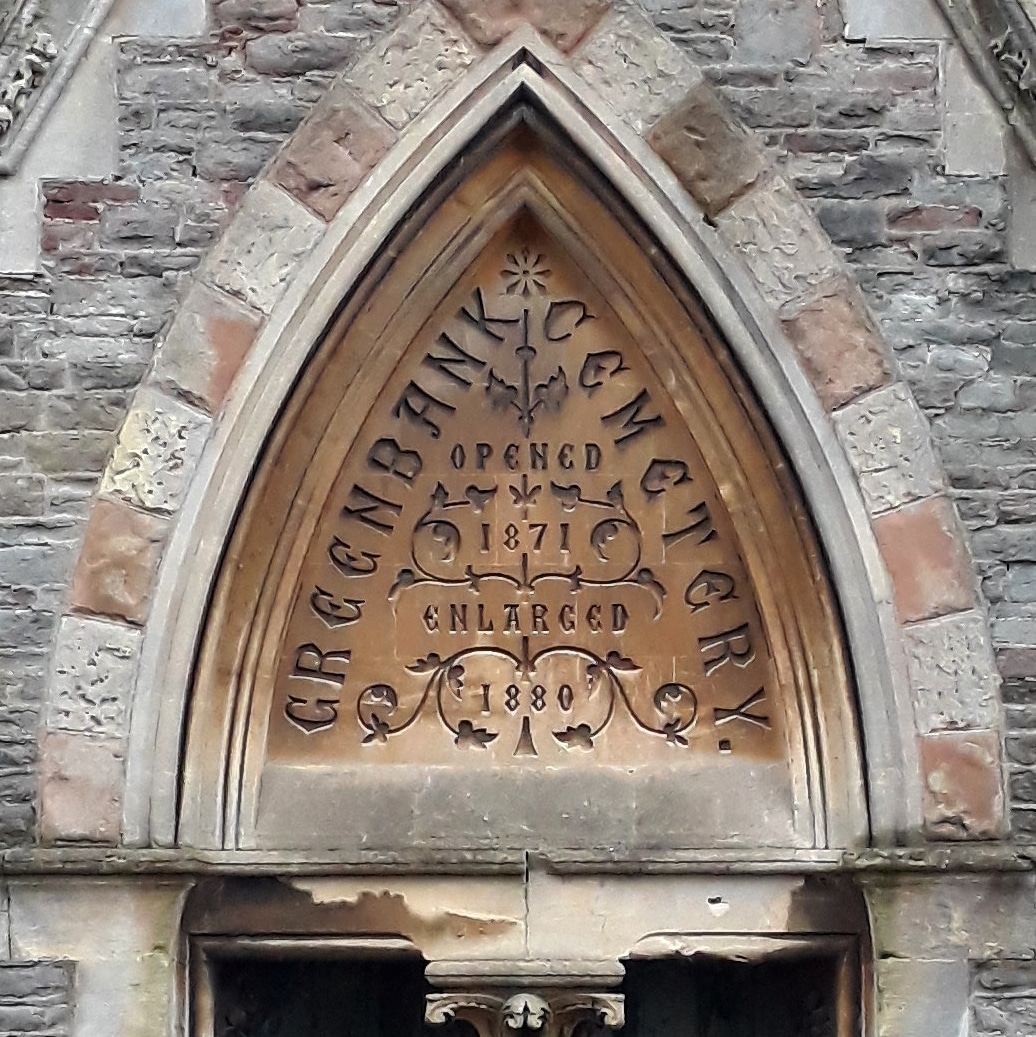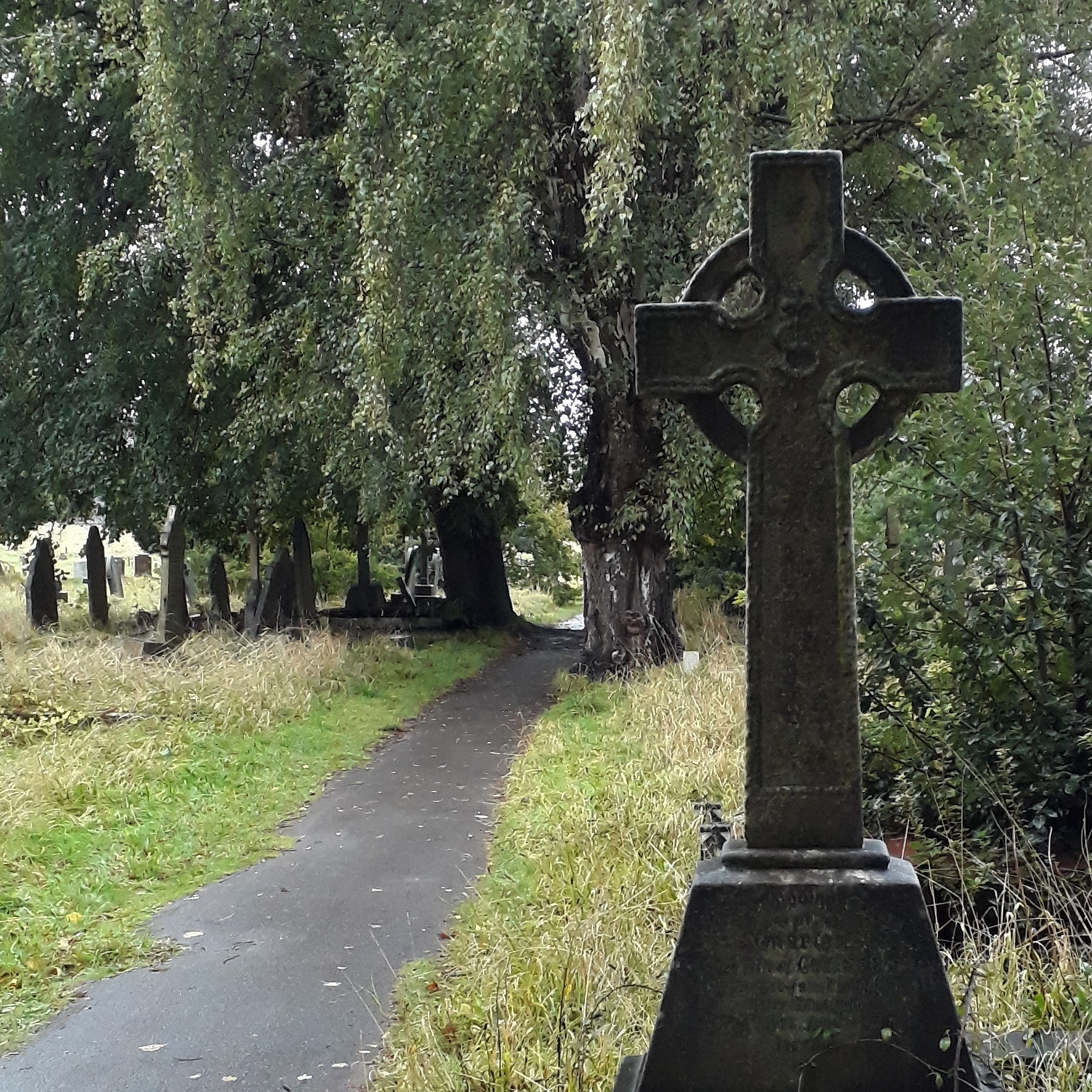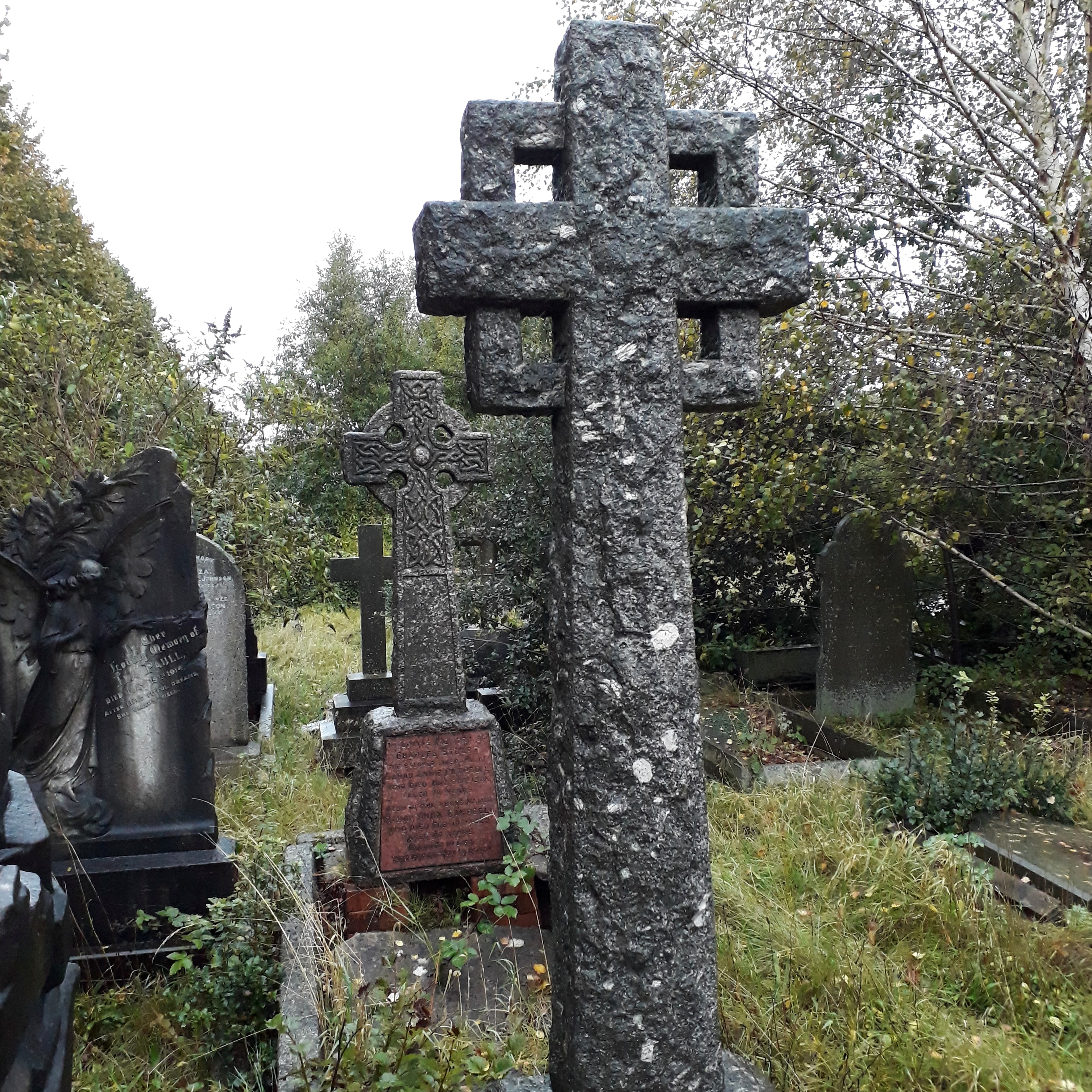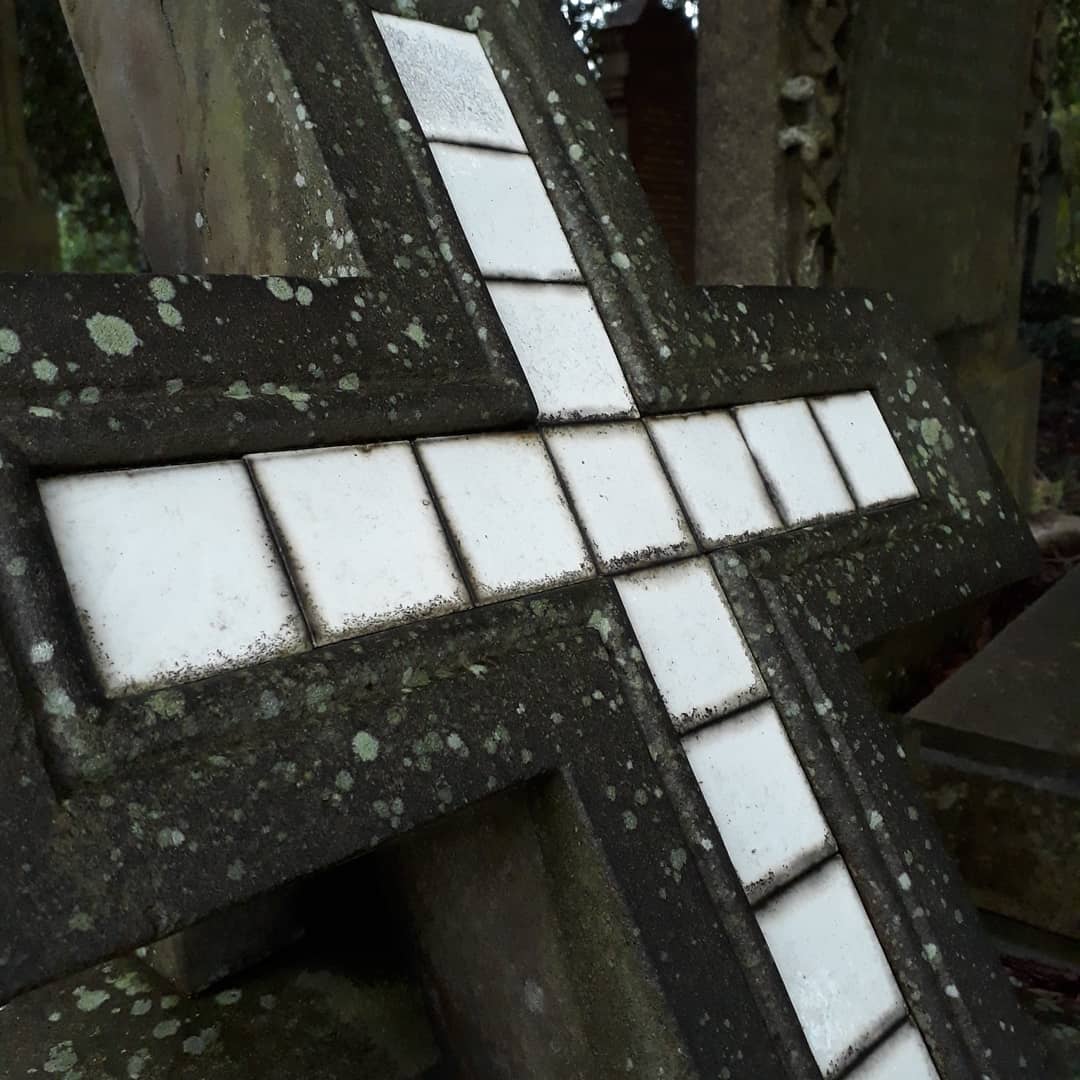The Battle of Battle
Although we don't call it that, do we
It’s time for an anniversary! Nine hundred and fifty-four years ago tomorrow, give or take a calendrical change in the meantime, was the Battle of Hastings. An all-day affair, it is famously that One Date That Everyone Knows from all of British history. If you believe the more mouth-frothing end of the political spectrum, England has not been successfully invaded since, although that arguably isn’t really true.
Although it has become that one key fixed date in British history, the battle itself was rather more narrow than you might think. In the Traditional Whig History of Britain, that of course is completely forgotten: instead, the battle is something that in essence had to happen so that Britain could be rescued from peasants in brown robes and conquered by knights on horseback to drag us kicking and screaming into the medieval period. This is how I recall it being portrayed even as recently as the 1980s, when everyone became greatly excited about the 900th anniversary of the compilation of *Domesday Book*. However, one of the problems with teaching Whig History is that this whole concept, the idea that everything “good” that happened in history is both inevitable and inevitably a Good Thing, and that everything else in history is a misstep or a mistake, is an enormous fallacy propped up with industrial quantities of hindsight.
What actually happened in detail on October 14th 1066 is now probably lost to us. Despite what you might think, there have always been a number of conflicting sources as to the progress of the battle and what happened in the confusion of the fighting. Contemporary estimates of the size of the winning side vary by a factor of 10; the winning side’s estimates of the size of the losing side were in some cases 100 times more than a plausible figure. What is clear is that the English forces consisted solely of infantry; the Normans had a mixed army of infantry, cavalry and archers; the battle lasted pretty much a full day from 9am until dusk; and the Normans definitely won. Almost certainly the English king died, although there are stories he managed to escape, but how he died and what happened to his body afterwards has been retold in too many conflicting versions to know which is true. What’s also very likely is that, pretty early on in the battle, certainly before lunch, the Norman army started to think that Duke William was already dead and started to retreat from the field. William took off his helmet so they could see his face, the story goes, encouraging his men to turn around and fight, and so they did. If they hadn’t, or if doing that had led to an injury, the ending would have been very different; we would remember Hastings about as well as, say, the Battle of Largs or the Battle Of The Standard.
The question there, though, is: what would have been different. But in some ways posing a counterfactual nearly a thousand years back in time is itself a pointless exercise. Everything would have been different, yet everything would still be the same. Me, you, everyone reading this: we wouldn’t exist. None of the people you know would. England wouldn’t exist in its current form, or the UK, or the EU, or the USA. The English language would probably sound very different, too. All these things that we take for granted as basic facts about the world around us, all of them would be different in ways that are almost impossible for us to imagine. Other things, though, would be just the same. The Black Death would still have happened, and many more plagues since. We’d still have had an industrial revolution; we’d still have a climate crisis; we’d still have invented nuclear power and nuclear war, reached the Moon, and be talking to each other through an Internet of some sort. It would be in so many ways an entirely alien world, that you would be surprised just how many things wouldn’t have changed at all.
Historians aren’t really bothered overmuch with what might have happened. What actually happened is far too confusing and debatable and unknown as it is, without introducing hypotheticals that would change the world completely. Imagine, somewhere in an alternate universe, someone is reading a blog post about how the Normans might potentially have beaten the English at the Battle of Hastings, and how if so, everyone in England now might be speaking Normande, part of a single great Normandy stretching from the Meditteranean to the Trent. Of course, they wouldn’t be reading it in a language you or I would recognise as English, but they’d probably be using some sort of device like the one you’ve got, some sort of physically similar screen. Humans and physics wouldn’t have changed, after all. Sit back tomorrow, wherever you are, and think about the Battle of Hastings all those years ago. Without it, the world would be completely different even though it would be still the same.

 Home
Home